The announcement on 19 September to cut four ships from the Canadian naval fleet, the destroyers Iroquois and Algonquin and the replenishment ships Protecteur and Preserver, was done quite typically, on a Friday afternoon. The news release was phrased optimistically as “[a] transition to the future fleet.” The problem is that any future fleet is still many years off and the remnants of current fleet are in the process of being upgraded to try and keep them useful for another decade of hard service. By that point the Arctic and Offshore Patrol ships and the two replacement supply ships should be entering service. Whether or not the 15 new combat ships will be anywhere on the horizon by then is anybody’s guess.
As the age of ships goes, the four being decommissioned are so old that none of this should come as a surprise. They were described variously in the navy’s media backgrounder as “having reached the end of their operational life,” “damaged beyond repair” and “[the] structural integrity of the hull is below acceptable limits due to high levels of corrosion.” After commissioning into service in the late 1960s and early 1970s, they are all long past the point where they could be considered effective. HMCS Athabaskan will remain in service for the short term, but her end cannot be all that far off. The cost of keeping these antiques running was previously described to me by one officer as “escalating uncontrollably.”
This reduction in numbers will leave the navy without two key capabilities that allowed it to claim to be a “Rank Three Navy.” Again and again in the navy’s professional literature the RCN refers to itself as a “Medium Global Force Projection Navy.” It was heady stuff with a pleasing sound. The view that Canada could dispatch a self-contained and self-sustaining naval force anywhere in the world at short notice gave it standing and recognition. Canadians that saw our country as a G-8 nation and a world leader could point to it and justify their internationalist perspective. All of that is gone now.
The definition of a Rank Three Navy from Leadmark: The Navy’s Strategy for 2020 reads:
These are navies that may not possess the full range of capabilities, but have a credible capacity in certain of them and consistently demonstrate a determination to exercise them at some distance from home waters, in cooperation with other Force Projection Navies. E.g., Canada, Netherlands, Australia.
Now, the RCN ranks far below the Royal Netherlands or Royal Australian Navies.
Instead, the appropriate category from Leadmark for the RCN is a “Rank Six Navy.” The definition for this level reads:
These are navies that have relatively high levels of capability in defensive (and constabulary) operations up to about 200 miles from their shores, having the sustainability offered by frigate or large corvette vessels and (or) a capable submarine force.
Having lost the ability to defend itself against a long-range threat and to effectively command a Canadian formation, the RCN no longer has the choice or even the right to insist on independent operations or to command anything. They will go where the capabilities of others can assure their security and they will be required to conform to the intentions of other leaders. Having lost the ability to sustain itself with the necessary supplies, fuel and ammunition, the RCN will have to go where the logistics are located. They will be obliged to accept whatever is available to them and will have no right to insist on any priority for their needs. They will either have to get used to this new reality, or stay home. Some might say that is a good thing.
This is a terrific fall in status (the system only goes to Rank Nine: Token Navies) and it is going to sting for a long time. What should hurt even more is the fact that a succession of admirals has let it come to this terrible state.
Really hard questions need to be asked now about why the RCN has failed to effectively make its case known long before this predicament arose. How is it that naval leaders cannot take responsibility for the future of the navy? How is it that these leaders cannot speak in a comprehensible fashion that lets the government and the people understand their problems? How is it that simply ‘letting things slide’ from leader to leader with little change or progress can be viewed as an acceptable practice?
Change comes to all organizations. It’s how they handle change that sets the great leaders apart. In a book entitled Organizational Change: A Comprehensive Reader (Jossey-Blass, 2009), pp. 4-5, W. Warner Burke laid out his “Four Bedrock Principles for Organizations.” They are:
- Equilibrium leads to death;
- Innovation often occurs on the edge of chaos;
- Self-organization and emergence happen quite naturally; and
- [The culture of] Organizations can only be disturbed, not directed
The navy may not be dying, but it is certainly diminishing. The status quo should not ever have been seen as an option. Despite the fact that the National Shipbuilding Procurement Strategy promises a better future, the current situation is a disaster. It is time for the innovators and radical reorganizers to come to the fore and figure out how this can best be dealt with. Waiting and hoping for change is not an option. Something needs to happen, and soon.
Most importantly, unless the navy overcomes its culture of silent obedience, they will not be able to attract and retain bright young people that want to serve at sea and who will become the naval leaders of the future. Let’s hope they learn to avoid the mistakes of the present and past generations of leaders.

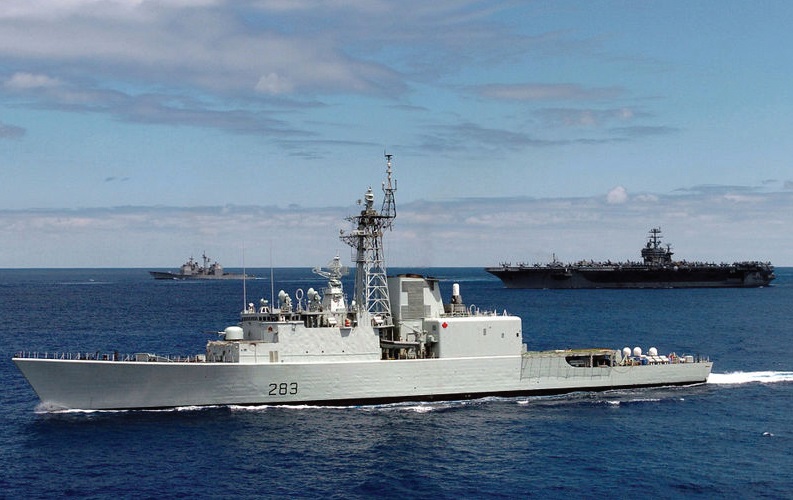
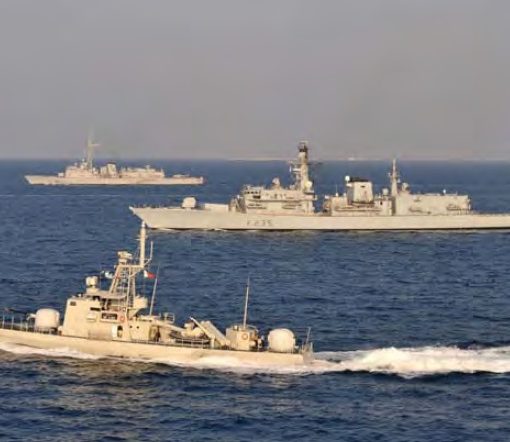
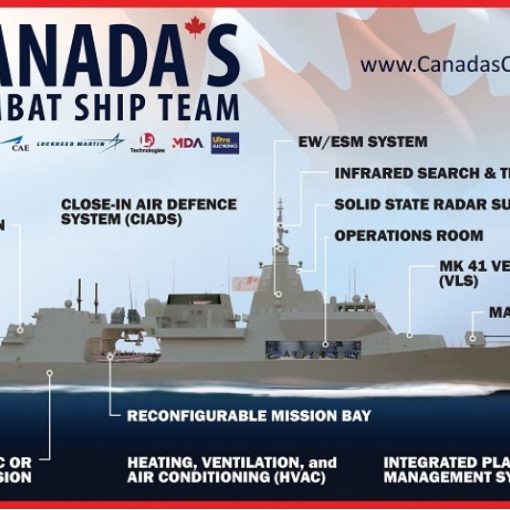
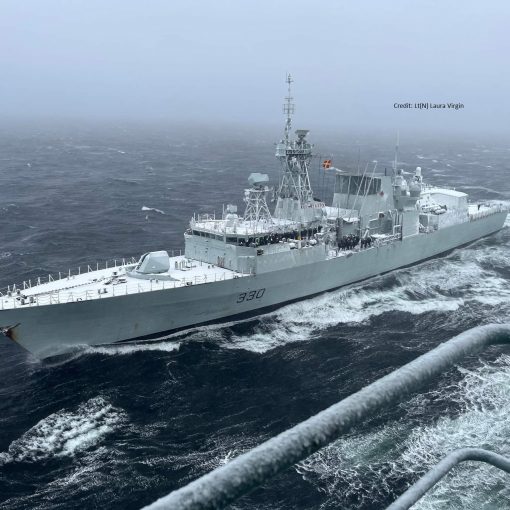
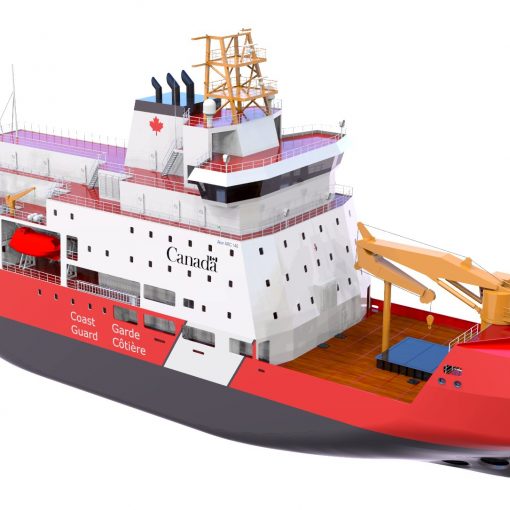
5 thoughts on “Ship cuts send RCN naval ranking tumbling according to their own system”